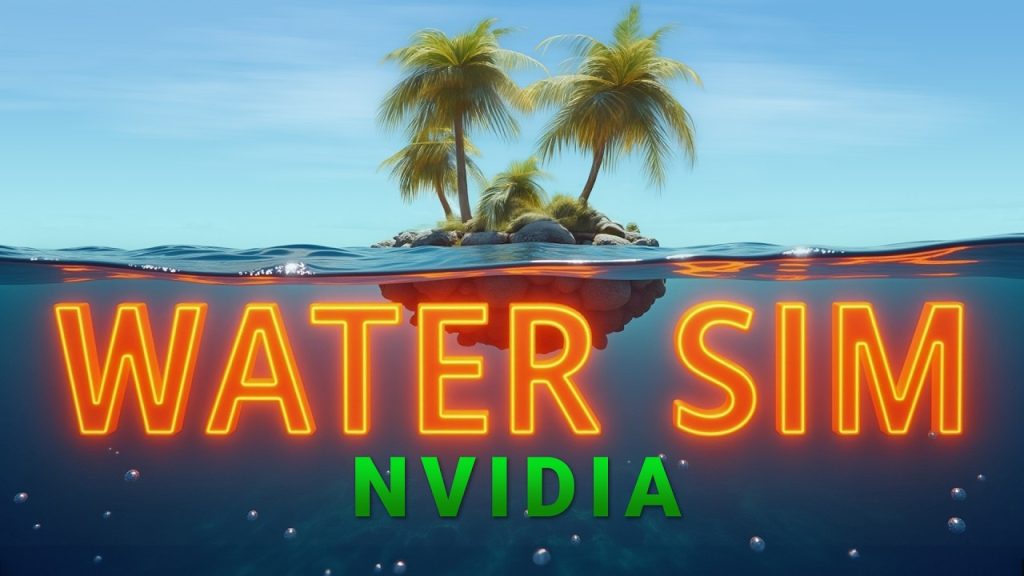Cutting-Edge Water Simulation NVIDIA and IST Austrias Groundbreaking Collaboration

In the realm of computer graphics and simulation, water is one of the most challenging elements to recreate with accuracy. A new collaboration between NVIDIA and IST Austria has made significant strides in achieving realistic large-scale water simulations.
This article delves into various innovative techniques and groundbreaking methodologies that aim to enhance how we simulate water, floods, wakes, and more.
Challenges of Water Simulation
Simulating water is tough, especially when it comes to large-scale scenarios involving boats, dispersive reflections, and waves hitting the shore. Earlier methods often fell short, either producing unrealistic bounce-back effects or incorrect boat wakes.
Previous techniques excelled in specific areas but failed to create a comprehensive and realistic simulation. Combining multiple techniques was necessary to address these shortcomings.
Innovative Dual-Theory Approach
The new approach pioneered by NVIDIA and IST Austria involves running two different simulation theories concurrently. Each theory is computed separately and then merged into a unified model, resulting in a more accurate and versatile water simulation.
This dual-theory model not only corrects the errors found in previous techniques but also enhances the level of detail, providing a visually stunning and scientifically accurate simulation.
Solving Numerical Inaccuracies
Numerical inaccuracies often plague water simulations, causing water to disappear over time. The new method effectively addresses this issue, ensuring no loss of water during the simulation.
By eliminating these inaccuracies, the model becomes more reliable and visually consistent, paving the way for practical applications in various fields, from gaming to engineering.
Real-Time Performance
Another remarkable feature of this new technique is its ability to run in real-time. Despite the complexity of the dual-theory model, it can generate frames in mere seconds.
This real-time capability opens up new possibilities for interactive applications, making it easier to integrate into existing systems without compromising on performance.
Handling Fluid Splashes
Simulating fluid splashes where particles split and merge has always been challenging. Earlier methods often failed to render these interactions accurately, leading to unnatural results.
The new technique shows significant improvement in handling fluid splashes. Particles split more naturally and stick less to surfaces they shouldn’t, providing a more realistic simulation.
Even in low-resolution scenarios, the new model performs exceptionally well. It maintains consistency, ensuring that smaller droplets behave as expected, thereby enhancing the overall quality of the simulation.
Versatility in Various Scenarios
From dam breaks to surface tension simulations, this new technique proves its versatility. It accurately simulates scenarios involving thin structures and varying gravitational conditions.
The technique is not only limited to realistic simulations but also excels in experimental setups. For instance, it can simulate a cube transforming into a sphere in zero gravity with remarkable accuracy.
Future Applications
The advancements in water simulation techniques have far-reaching implications. They can revolutionize industries like gaming, film, and virtual reality by providing more immersive experiences.
As these techniques continue to evolve, we can expect even more groundbreaking applications, making our interactions with digital water increasingly indistinguishable from real life.
NVIDIA and IST Austria have set a new standard in water simulation through their innovative dual-theory approach. This technique not only resolves previous challenges but also opens up new possibilities for real-time and high-detail simulations.
As this technology advances, its impact will be felt across multiple industries, making digital water simulations more realistic and versatile than ever before.
Source: Youtube





